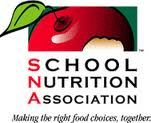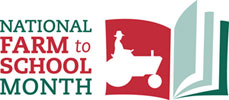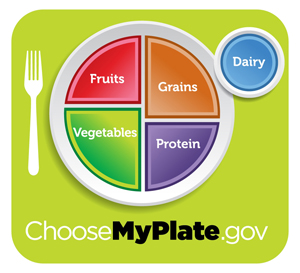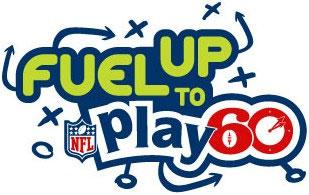Cut Back on Your Kid's Sweet Treats
10 tips to decrease added sugars
Limit the amount of foods and beverages with added sugars
your kids eat and drink. If you don’t buy them, your kids won’t get them very often.
Sweet treats and sugary drinks have a lot of calories but few nutrients. Most
added sugars come from sodas, sports drinks, energy drinks, juice drinks,
cakes, cookies, ice cream, candy, and other desserts.
1.
Serve small portions. It’s not necessary to get
rid of all sweets and desserts. Show kids that a small amount of treats can go
a long way. Use smaller bowls and plates for these foods. Have them share a
candy bar or split a large cupcake.
2.
Sip smarter. Soda and other sugar-sweetened
drinks contain a lot of sugar and are high in calories. Offer water when kids
are thirsty.
3.
Use the check-out lane that does not display
candy. Most grocery stores will have a
candy-free check-out lane to help moms out. Waiting in a store line makes it
easy for children to ask for the candy that is right in front of their faces to
tempt them.
4.
Choose not to offer sweets as rewards. By offering food as a reward for good
behavior, children learn to think that some foods are better than other foods.
Reward your child with kind words and comforting hugs, or give them non-food
items, like stickers, to make them feel special.
5.
Make fruit the everyday dessert. Serve baked apples, pears, or enjoy a fruit
salad. Or, serve yummy frozen juice bars (100% juice) instead of high-calorie
desserts.
6.
Make food fun. Sugary foods that are marketed to
kids are advertised as “fun foods.” Make nutritious foods fun by preparing them
with your child’s help and being creative together. Create a smiley face with
sliced bananas and raisins. Cut fruit into fun and easy shapes with cookie
cutters.
7.
Encourage kids to invent new snacks. Make your
own snack mixes from dry whole-grain cereal, dried fruit, and unsalted nuts or
seeds. Provide the ingredients and allow school-aged kids to choose what they
want in their “new” snack.
8.
Play detective in the cereal aisle. Show kids
how to find the amount of total sugars on the Nutrition facts label in various
cereals. Challenge them to compare cereals they like and select the one with
the lowest amount of sugar.
9.
Make treats “treats,” not everyday foods. Treats
are great once in a while. Just don’t make treat foods an everyday thing. Limit
sweet treats to special occasions.
10. If
kids don’t eat their meal, they don’t need sweet “extras”. Keep in mind that
candy or cookies should not replace foods that are not eaten at meal time.






















